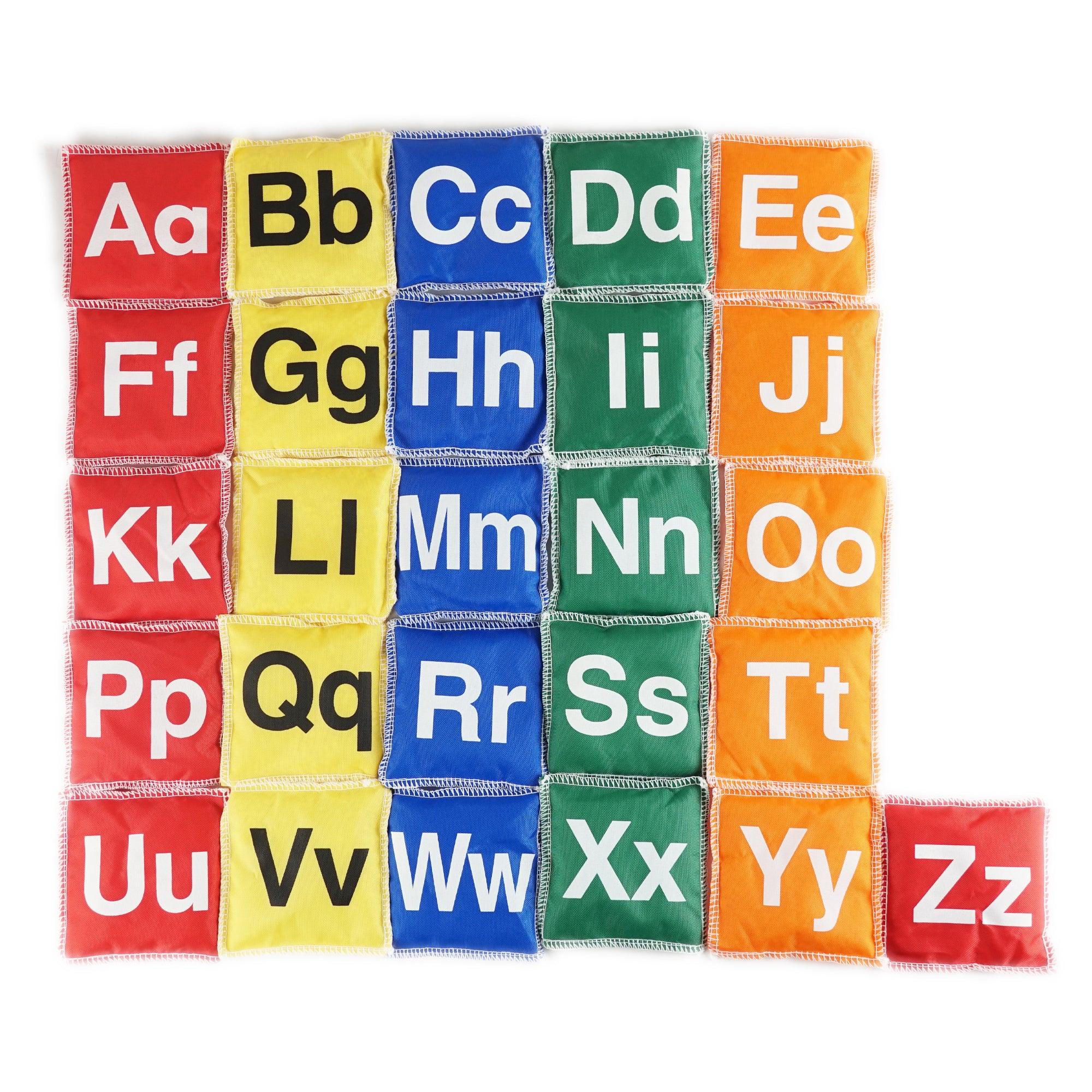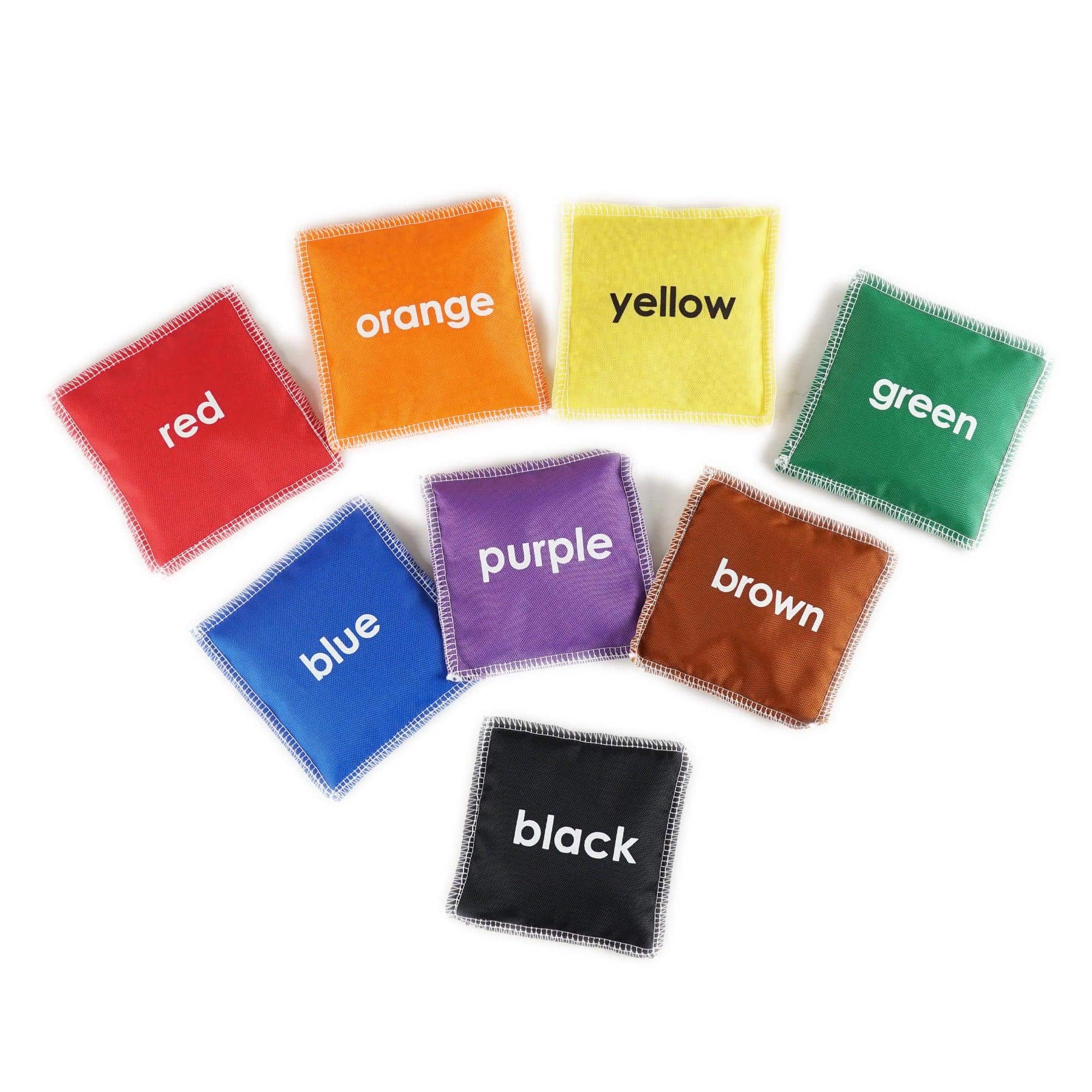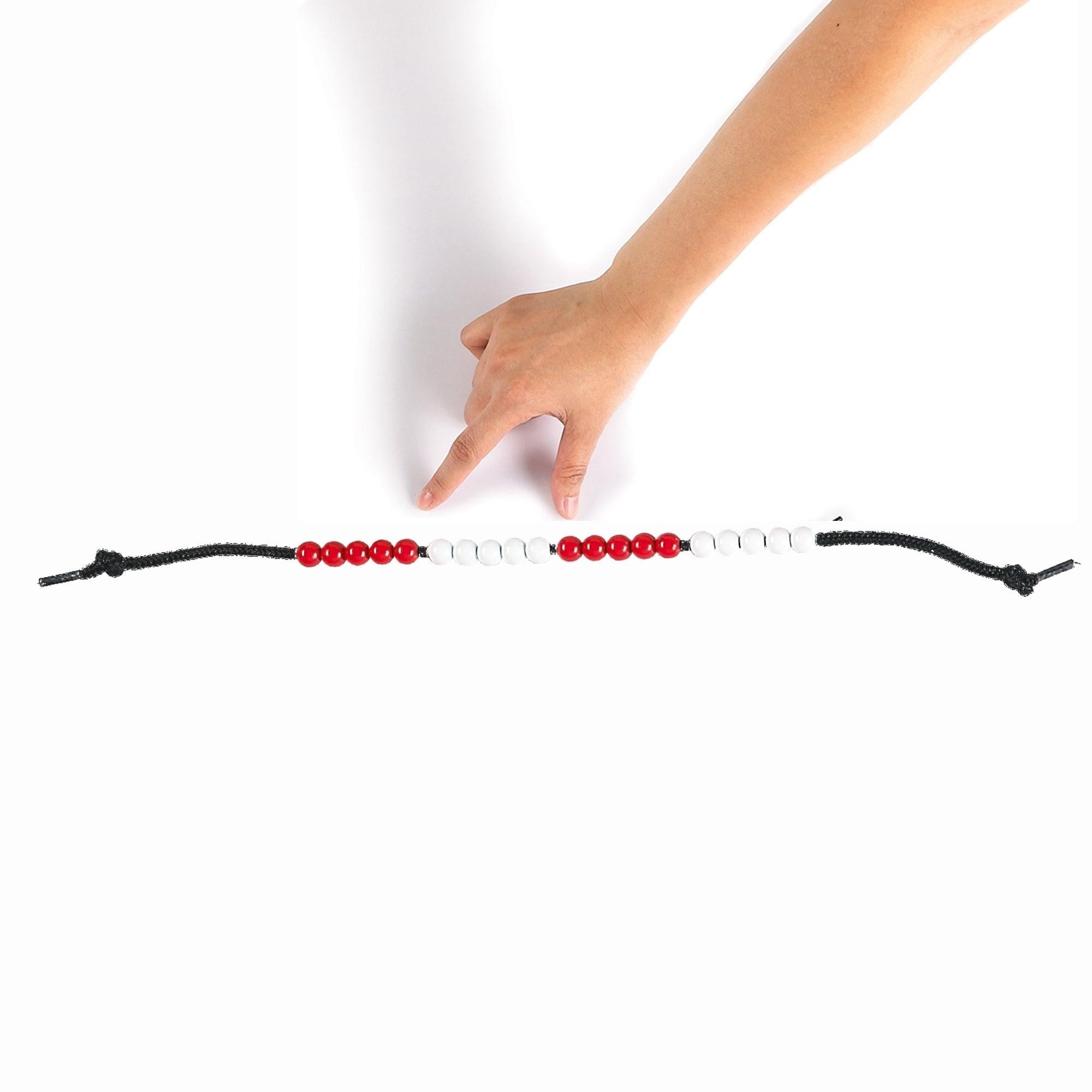The Relationship Between Toys and Emotional Intelligence
Introduction
Toys play a crucial role in a child’s development, fostering not only their cognitive abilities but also their emotional intelligence. In this blog article, we will explore the fascinating relationship between toys and emotional intelligence. Understanding this connection can help parents and educators make informed choices when selecting toys for children.
What is Emotional Intelligence?
Emotional intelligence refers to a person’s ability to identify, understand, and manage their own emotions, as well as recognize and empathize with the emotions of others. It involves skills such as self-awareness, emotional regulation, empathy, and effective communication.
Importance of Emotional Intelligence
Emotional intelligence is a vital aspect of human development and success. Research suggests that individuals with high emotional intelligence tend to have better mental health, interpersonal relationships, and overall well-being. Therefore, nurturing emotional intelligence from a young age is crucial to paving the way for a child’s future success and happiness.
The Role of Toys in Developing Emotional Intelligence
Toys serve as powerful tools for promoting emotional intelligence among children. Here are some key features found in toys that can aid in developing emotional intelligence:
1. Expression of Emotions
- Toys that allow children to express various emotions, such as dolls with different facial expressions or storytelling puppets, can teach them to recognize and understand different feelings.
- By engaging in role-play scenarios with these toys, children can learn how to express their emotions in a healthy and constructive manner.
2. Problem-Solving and Decision-Making
- Toys that involve puzzles, building blocks, or strategy games promote critical thinking and problem-solving skills.
- When children face challenges while playing with such toys, they learn to manage frustration, persevere, and find creative solutions.
- This helps in developing emotional resilience and adaptability, key components of emotional intelligence.
3. Cooperative Play
- Toys that encourage cooperative play, such as board games or building sets, teach children to work together, share, and take turns.
- Through collaborative play experiences, children develop empathy, learn to understand different perspectives, and build effective communication skills.
4. Storytelling and Imagination
- Toys that stimulate imaginative play, such as dollhouses or action figures, allow children to create stories and explore different roles and scenarios.
- Engaging in imaginative play helps children develop empathy by understanding the feelings and perspectives of the characters they create.
- It also enhances their communication skills as they narrate and discuss their stories with others.
5. Emotional Regulation
- Toys that involve sensory experiences, such as stress balls or calming sensory bins, can help children learn self-regulation techniques.
- Through these toys, children can engage in calming activities, practice deep breathing, and manage their emotions effectively.
Conclusion
In conclusion, toys play a fundamental role in the development of emotional intelligence among children. By providing opportunities for expression of emotions, problem-solving, cooperative play, storytelling, and emotional regulation, toys become powerful tools to nurture important emotional skills. As parents and educators, it is essential to choose toys that holistically support a child’s emotional intelligence development. By doing so, we can foster a generation of emotionally intelligent individuals who are better equipped to navigate the complexities of life.




